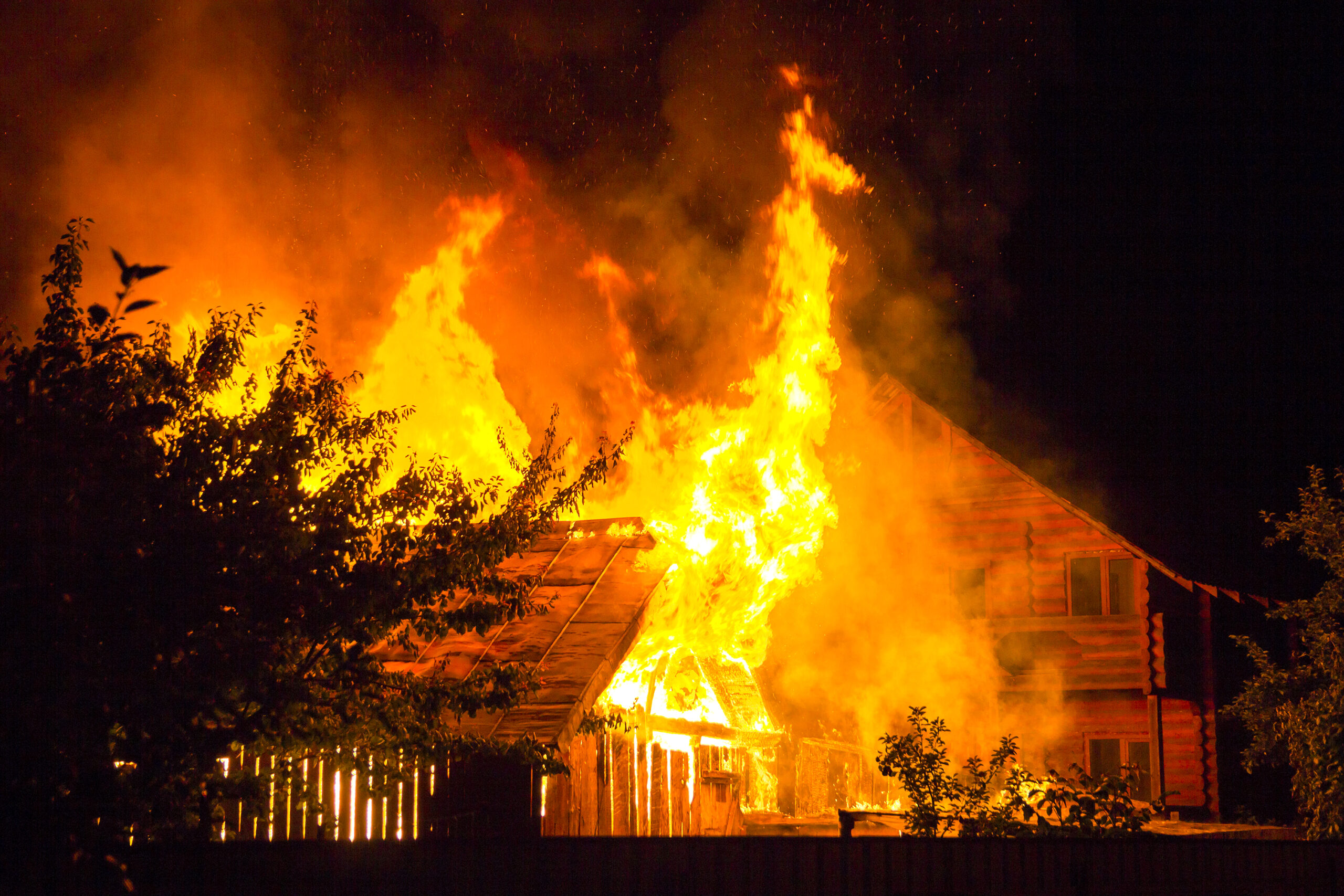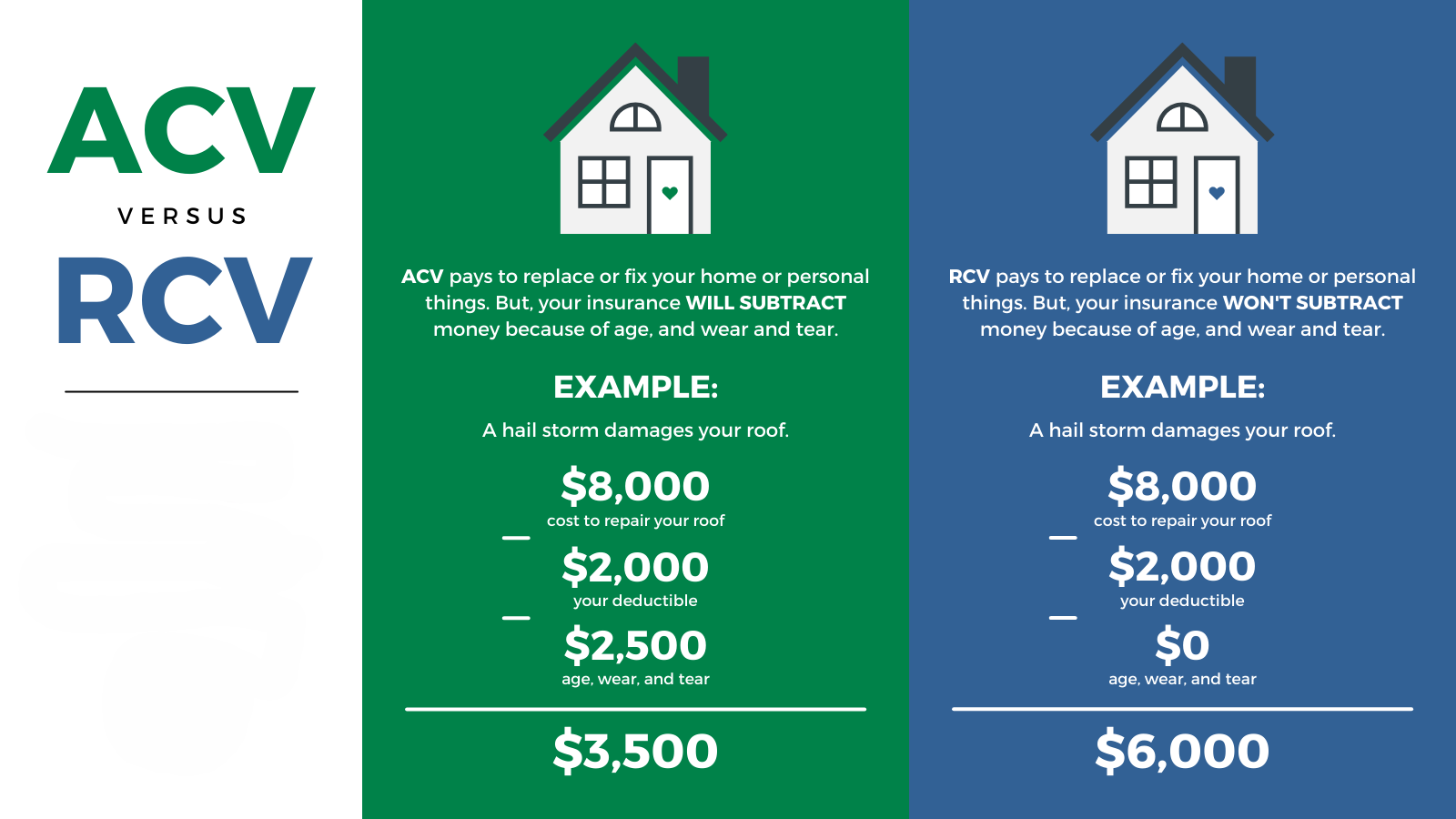When disaster strikes your property, the first 48 hours are absolutely critical for protecting both your safety and your insurance claim rights. Whether you're dealing with fire damage, water intrusion, storm destruction, or other perils in California or Arizona, taking the right property damage first steps can make the difference between a smooth claim process and months of complications.
Understanding the insurance claim timeline and knowing which immediate actions after damage to prioritize will help you navigate this challenging time with confidence. This comprehensive guide provides California and Arizona property owners with a step-by-step roadmap for the crucial first two days following property damage.
Hour 1-2: Ensure Safety and Prevent Further Damage
Priority #1: Life Safety First
Before documenting damage or contacting anyone, ensure all occupants are safe. Check for:
- Structural damage that could cause collapse
- Electrical hazards from damaged wiring or standing water
- Gas leaks (evacuate immediately if suspected)
- Broken glass or debris creating injury risks
- Compromised stairs, railings, or walkways
If your property is unsafe, evacuate immediately and contact emergency services. Your safety is more important than any insurance considerations.
Priority #2: Stop Additional Damage
Taking reasonable steps to prevent further damage is not only smart—it's typically required by your insurance policy. These immediate actions after damage include:
- Turning off water main if pipes are damaged
- Shutting off electricity if electrical systems are compromised
- Covering broken windows or roof openings with tarps
- Removing standing water if safely possible
- Moving undamaged belongings to dry, secure areas
Important: Save all receipts for emergency repairs and mitigation efforts. These costs are often covered under your insurance policy's additional living expenses or emergency repair provisions.
Hour 2-6: Document Everything Immediately
Create a Comprehensive Visual Record
Documentation is crucial to your claim's success. The insurance claim timeline begins the moment damage occurs, so start documenting immediately:
Photography Best Practices:
- Take wide-angle shots showing overall damage
- Capture close-up photos of specific damage details
- Include date and time stamps on all photos
- Document both the damaged area and surrounding undamaged areas for context
- Photograph all damaged personal property
- Take pictures from multiple angles
Video Documentation:
- Record walk-through videos narrating what you see
- Film the path water took during flooding
- Document the extent of smoke or fire damage
- Record any ongoing issues like active leaks
Start Your Damage Inventory
Begin creating a detailed inventory of damaged items, including:
- Item description and brand/model when possible
- Purchase date and original cost
- Current condition (destroyed, damaged, or affected)
- Photos of each item
Hour 6-12: Official Notifications and Initial Communications
Contact Your Insurance Company
Most insurance policies require "prompt" notification of claims. While the specific timeframe varies, reporting within the first 24 hours demonstrates your good faith and starts the insurance claim timeline. When calling:
- Have your policy number readily available
- Provide a clear, factual description of what happened
- Don't speculate about causes or accept blame
- Ask for your claim number and adjuster contact information
- Request details about your policy coverage limits and deductibles
- Ask about additional living expenses if you can't stay in your home
Notify Relevant Authorities
Depending on the type of damage, you may need to contact:
- Fire Department: For any fire damage, even if extinguished
- Police: If vandalism or theft occurred
- Local Building Department: For significant structural damage
- Utility Companies: To shut off damaged utilities safely
Hour 12-24: Begin Mitigation and Secure Your Property
Arrange Emergency Repairs
Focus on temporary repairs that prevent further damage while preserving evidence of the original loss. Common mitigation efforts include:
- Professional water extraction and dehumidification
- Board-up services for broken windows and doors
- Temporary roofing or tarping
- Debris removal from critical areas
- Mold prevention treatments
California-Specific Considerations: Due to the state's climate diversity, mold can develop rapidly in coastal areas, while fire damage may require specialized cleanup in wildfire-prone regions. Always use licensed contractors familiar with California environmental regulations.
Arizona-Specific Considerations: The desert climate can cause rapid secondary damage, such as wood cracking and paint failure. Swift action is essential to prevent monsoon rains from entering compromised structures.
Secure Your Property
Protect your property from vandalism, theft, or additional weather damage:
- Install temporary fencing if needed
- Board up all openings
- Change locks if keys were lost or security was compromised
- Arrange for security monitoring if valuable items remain
Hour 24-48: Strategic Planning and Professional Assistance
Review Your Insurance Policy
Carefully review your policy to understand:
- Coverage limits for dwelling, other structures, and personal property
- Additional living expenses provisions
- Deductible amounts
- Exclusions that might apply
- Time limits for filing claims or providing documentation
- Requirements for proof of loss
Consider Professional Representation
The complexity of insurance policies and claim processes often requires professional expertise. A public adjuster can:
- Conduct a comprehensive damage assessment
- Handle all communications with your insurance company
- Prepare and file detailed claim documentation
- Negotiate settlement amounts on your behalf
- Ensure you receive full compensation under your policy
Public adjusters work exclusively for policyholders, not insurance companies, ensuring your interests are fully protected throughout the claims process.
Organize Your Documentation
Create a comprehensive file including:
- All photos and videos of damage
- Insurance policy documents
- Claim number and adjuster contact information
- Receipts for emergency repairs and living expenses
- Inventory of damaged items
- Any estimates or assessments obtained
Common Mistakes to Avoid in the First 48 Hours
Don't Make These Critical Errors:
- Delaying notification: Contact your insurance company immediately, even if damage seems minor
- Inadequate documentation: Over-document rather than under-document
- Disposing of damaged items: Keep damaged property until your adjuster has inspected it
- Accepting the first settlement offer: Initial offers rarely reflect full policy benefits
- Not understanding policy language: Misinterpretation can cost thousands in benefits
- Trusting company adjusters completely: Remember, they work for the insurance company, not you
State-Specific Requirements and Considerations
California Regulations
California property owners benefit from some of the nation's strongest consumer protection laws:
- Insurance companies must acknowledge claims within 15 days
- Claim investigations must begin within 40 days
- Settlements must be paid within 30 days of agreement
- Detailed explanations required for claim denials
- Right to independent appraisal when disputes arise
Arizona Regulations
Arizona's insurance regulations provide important protections:
- Prompt payment laws require timely claim handling
- Right to choose your own repair contractors
- Protection against unfair claim settlement practices
- Requirements for clear policy language
Building Your Recovery Team
Key Professionals to Consider
Depending on your situation, you may need:
- Public Adjuster: To represent your interests throughout the claim process
- Attorney: If coverage disputes arise or bad faith is suspected
- Certified Contractors: For accurate repair estimates and quality restoration
- Engineers or Specialists: For complex structural or technical assessments
- Accountants: For business interruption or complex personal property claims
Long-Term Considerations Beyond 48 Hours
While this guide focuses on the critical first 48 hours, remember that the insurance claim timeline extends much longer. Prepare for:
- Multiple adjuster inspections
- Detailed damage estimates
- Ongoing documentation requirements
- Potential coverage disputes
- Negotiation processes
- Final settlement discussions
Take Action to Protect Your Rights
Property damage is overwhelming, but taking the right immediate actions after damage occurs protects both your safety and your financial recovery. The property damage first steps outlined in this guide provide a foundation for successful claim resolution, but every situation is unique.
Don't face the insurance claim process alone. Apex Adjusting Group has helped countless California and Arizona property owners maximize their insurance recoveries after devastating losses. Our experienced public adjusters understand the complexities of the insurance claim timeline and work tirelessly to ensure you receive every dollar you're entitled to under your policy.
Contact Apex Adjusting Group today for a free consultation. Let our expertise guide you through the claim process while you focus on getting your life back to normal. Call us now or visit our website to schedule your no-obligation assessment.
Need Help with Your Insurance Claim?
Our licensed public adjusters can help you get the maximum settlement you deserve. Contact us today for a free claim evaluation.

